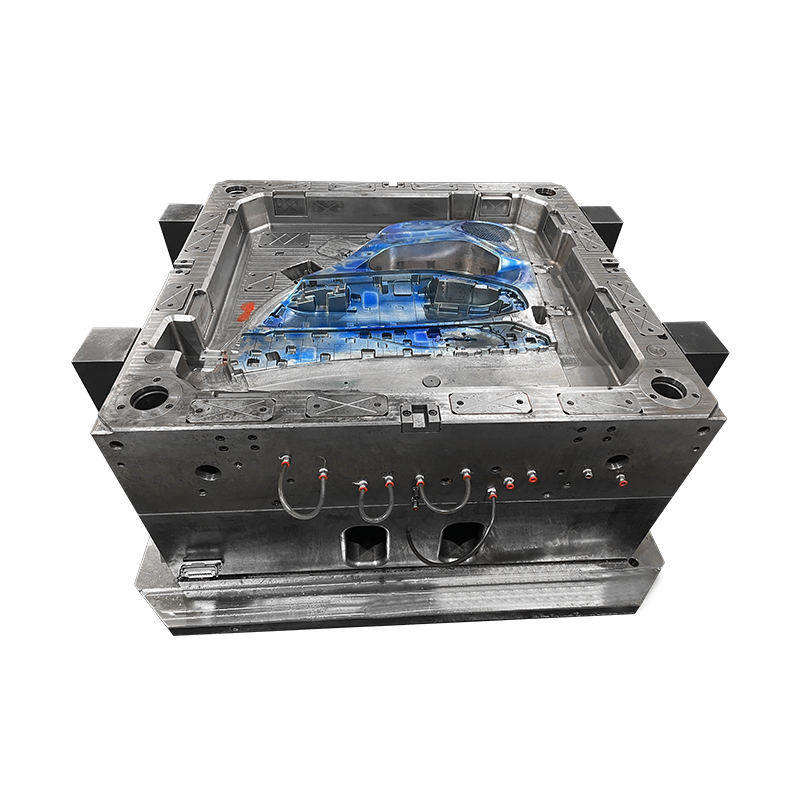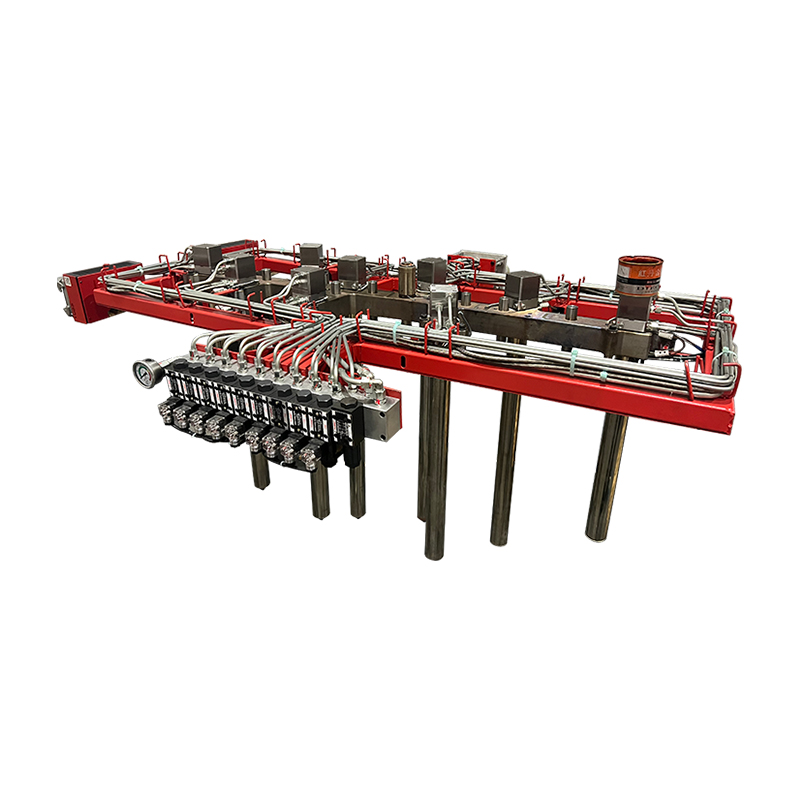Injection molding technology plays a pivotal role in the production of everyday items known as daily necessities. These include a wide range of products essential for household, personal care, and lifestyle purposes. The design of injection molds specifically tailored for manufacturing daily necessities is critical to achieving high efficiency, consistency, and cost-effectiveness in production.
Importance of Injection Daily Necessities Plastic Mold Design
Injection daily necessities plastic mold design is integral to the manufacturing process of items that are part of everyday life. These molds are engineered to produce products with precise dimensions, smooth finishes, and consistent quality. Whether it's kitchenware, bathroom accessories, or household tools, the design of the injection mold directly impacts the functionality, aesthetics, and durability of the final product.
Key Considerations in Mold Design
Product Specification Integration: Mold designers must meticulously incorporate product specifications such as size, shape, and functional features into the mold design. This ensures that the injection molding process consistently produces parts that meet design requirements.
Material Selection: The choice of plastic material is crucial and depends on factors like product application, durability requirements, and cost-efficiency. Common plastics used for daily necessities include polyethylene (PE), polypropylene (PP), and acrylonitrile butadiene styrene (ABS), each offering unique properties suitable for different types of products.
Tooling and Parting Line: Proper tooling design ensures efficient material flow and mold release. The parting line, where mold halves meet, must be carefully designed to flash and ensure smooth part ejection.
Surface Finish and Texture: Injection Daily Necessities Plastic Mold Design surface finish impacts the appearance and feel of the final product. Texture may be added to mold surfaces to achieve specific aesthetic or functional characteristics, such as grip or visual appeal.
Design Process and Methodology
The design process of injection daily necessities plastic molds follows a systematic approach to ensure performance and efficiency:
Conceptualization and Prototyping: Initial concepts are developed based on product requirements and customer specifications. Prototypes may be created using rapid prototyping techniques to validate design features and functionality.
CAD Design: Computer-Aided Design (CAD) software is used to create detailed 3D models of the mold and its components. This includes core and cavity design, runner and gating system layout, cooling channels, and ejector mechanisms.
Simulation and Analysis: Injection Daily Necessities Plastic Mold Design utilize simulation software to predict and optimize mold filling, cooling, and part warpage. This helps in identifying potential issues early in the design phase and refining the mold design for performance.
Tooling and Fabrication: Once the mold design is finalized, tooling components are manufactured using precision machining processes such as CNC milling and EDM. Surface treatments like polishing or coating may be applied to enhance mold durability and performance.
Applications of Injection Daily Necessities Plastic Mold Design
Injection daily necessities plastic mold design caters to a diverse range of applications and industries:
Kitchenware and Tableware: Production of utensils, containers, and cutlery made from durable and food-safe plastics.
Personal Care Products: Manufacturing of shampoo bottles, soap dispensers, and toothbrush holders with ergonomic designs and attractive finishes.
Household Tools and Accessories: Creation of storage bins, organizers, and cleaning equipment designed for functionality and ease of use.
Advancements and Innovations
Advancements in injection molding technology continue to drive innovations in daily necessities plastic mold design:
Multi-Cavity Molds: Increased efficiency and productivity through molds capable of producing multiple parts in a single cycle.
Insert Molding: Integration of metal inserts or other materials within the mold to enhance product strength and functionality.
Automation and Robotics: Adoption of automated systems for mold loading, part removal, and quality inspection, reducing cycle times and labor costs.
Sustainability and Environmental Impact
Efforts are underway to enhance the sustainability of injection daily necessities plastic mold design:
Material Recycling: Increasing use of recycled plastics and sustainable materials to reduce environmental footprint.
Energy Efficiency: Optimization of manufacturing processes to energy consumption and waste generation.












